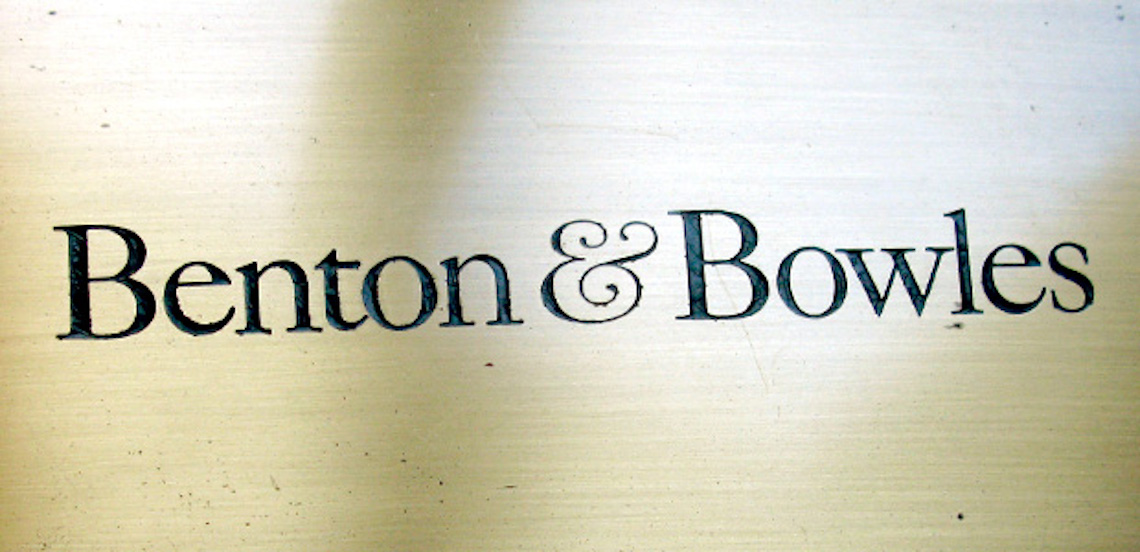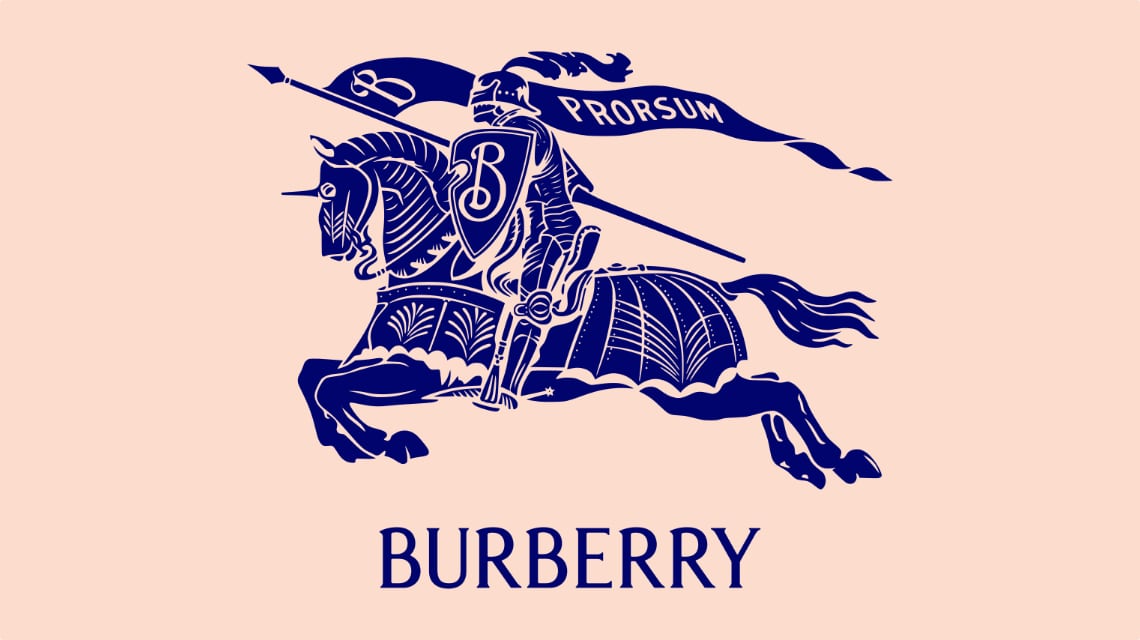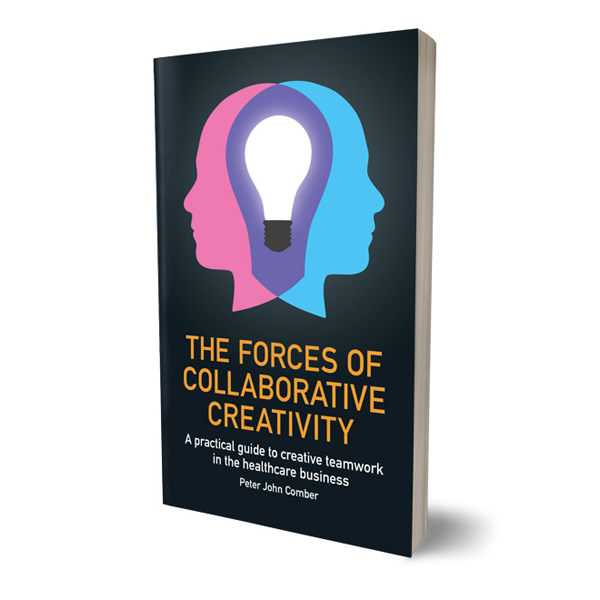Tone and manner.
Consistent tone and manner is the key to unambiguous brand actioning and perception.
If you want to be considered funny, tell people jokes - declaring you are funny won’t achieve the desired result. If you would prefer not to be considered a dick, then don’t act like a dick. These glaringly obvious observations are regularly ignored by many brands who concentrate on overt messages and are uncaring of the overall impression their actions make.
No brand is what a brand manager thinks it is, rather it is the subjective (to each individual), net sum of everything it does. Each brand is a mental associative network in the mind of a person who experiences the brand. Every interaction with a brand augments and modifies a complex associative network in the brain. The net perception of the brand is the result of a completely subjective balance of all the brand experiences. As a very simplistic example, I offer my perception of Vodafone. On the one hand, the brand communicates to me (massively) with upbeat, future-ready messages that promise me infinite connections with the world. On the other, as a customer, they bombard me with annoying texts and emails that I can’t opt out of and allow third-party call centres to use super-aggressive, invasive, hard-sell commercial techniques - often to sell me the very same services I already buy from Vodafone. My subjective net brand perception for Vodafone is extremely negative and progressively getting worse, despite the vital fact that the basic service they offer me and my company is, generally speaking, very good.
I propose that a faithful old tool could be a solution. Many years ago I had the good fortune to work in an agency called Benton&Bowles where I learnt a lot, including the concept of ‘tone and manner’. This was a permanent and important fixture in the Benton&Bowles briefing documents. I have seen something like it in every agency briefing template since then but I have rarely seen it used to its full potential. At Benton&Bowles our clients paid us to collect and analyse competitors’ advertising. Among many vital factors that we recorded and tracked, like key message, key selling points and call to action, tone and manner was an important and sometimes tricky aspect to decode. The exercise of dissecting a piece of advertising is a useful one, it can be a powerful learning tool especially regarding tone and manner. Seen in isolation each communication element might make perfect sense, it is only when viewed as a connected body of work that discord in tone and manner can reveal how noxious the cumulative effects of some multichannel communications and brand interactions really are.
If the observation of tone and manner is a potential solution to revealing rampant brand schizophrenia then we can look to Konstantin Sergeievich Alekseiev (a.k.a. Stanislavski) for the practical and coherent application of tone and manner. Stanislavski’s technique of Psycho-physical Actioning, in essence, is the use of a non-spoken verb as an emotional-contextual trigger by an actor when delivering a line. The interpretation of the line, “sit down” is very different if the actioning (silent) verb is ‘threaten’ or ‘seduce’. Also, incongruence can be easily identified, for example, the line “I am going to kill everyone and everything you care about” is hard to reconcile with the action-verb ‘console’.
The strongest brands project their character not just through proclamation but also with appropriate behaviour and they do it constantly and consistently. Their tone and manner is relatively consistent, not flat or monotonous, but generally reliable. Ryanair is a good, albeit provocative, example - I can’t say I particularly like their tone and manner but I can’t fault their continuity and fidelity.
If every brand action is mindful of an overarching brand tone and manner then every action can be delivered with coherent meaning and purpose. Or, in some cases, not delivered - because if an action is incompatible with the brand tone and manner it should be discarded. The successful application of this approach could be called ‘Tone and manner actioning’. If you are wary of something that is derived from the theories of a gentleman who died 81 years ago and an advertising agency that disappeared (through mergers) 34 years ago then allow me to paraphrase one of John le Carré’s characters - if you work in advertising for long enough the show comes round again.





